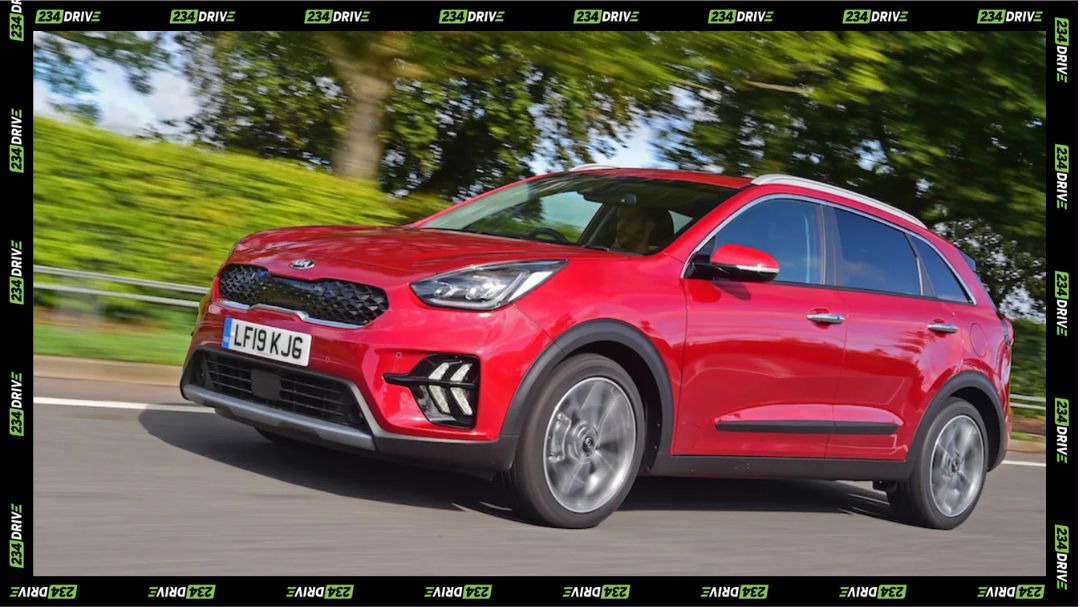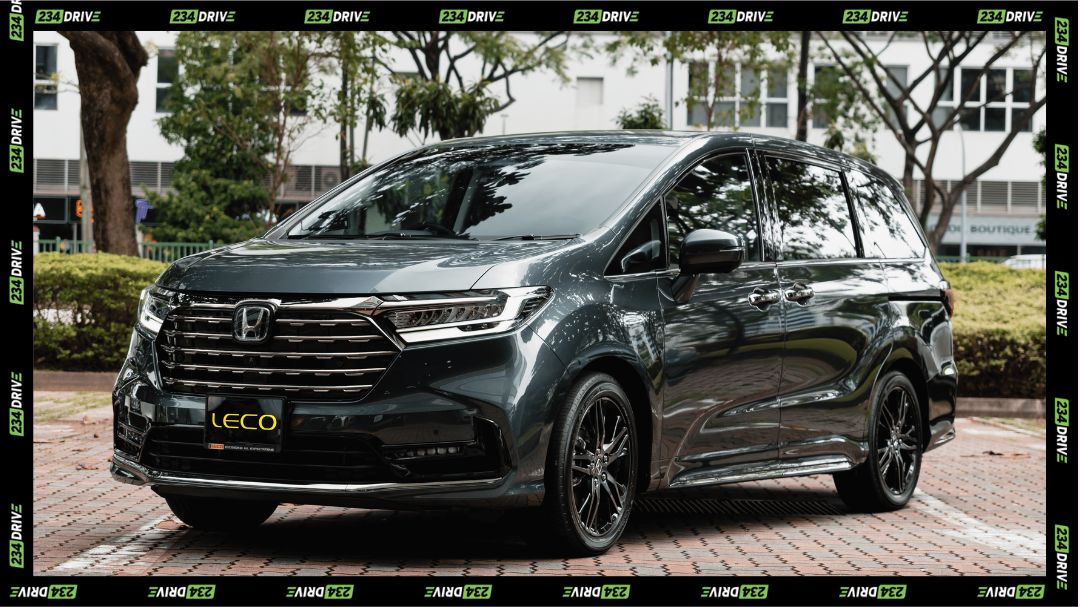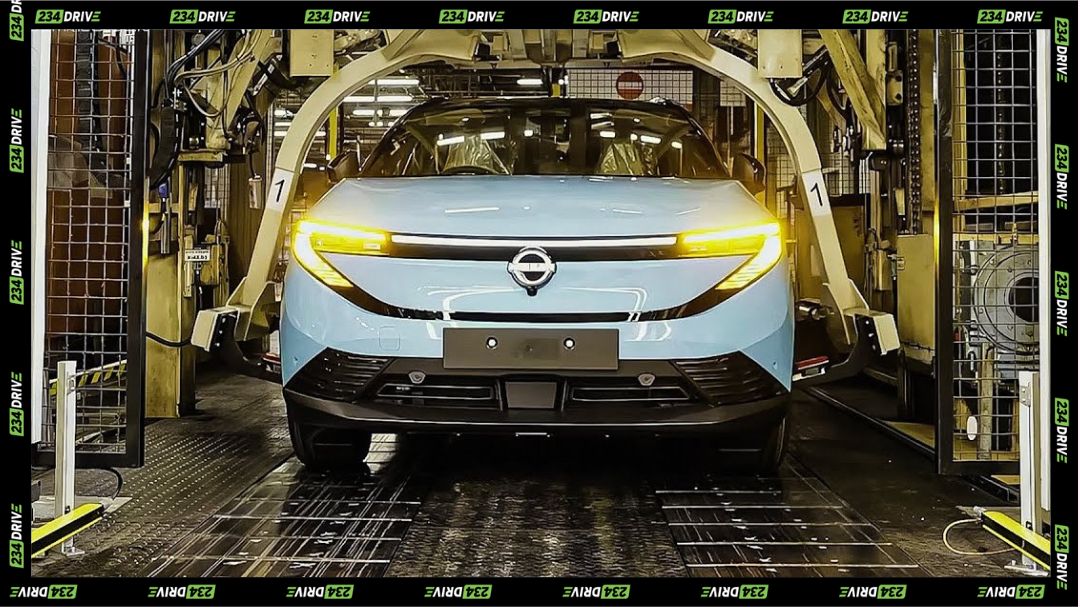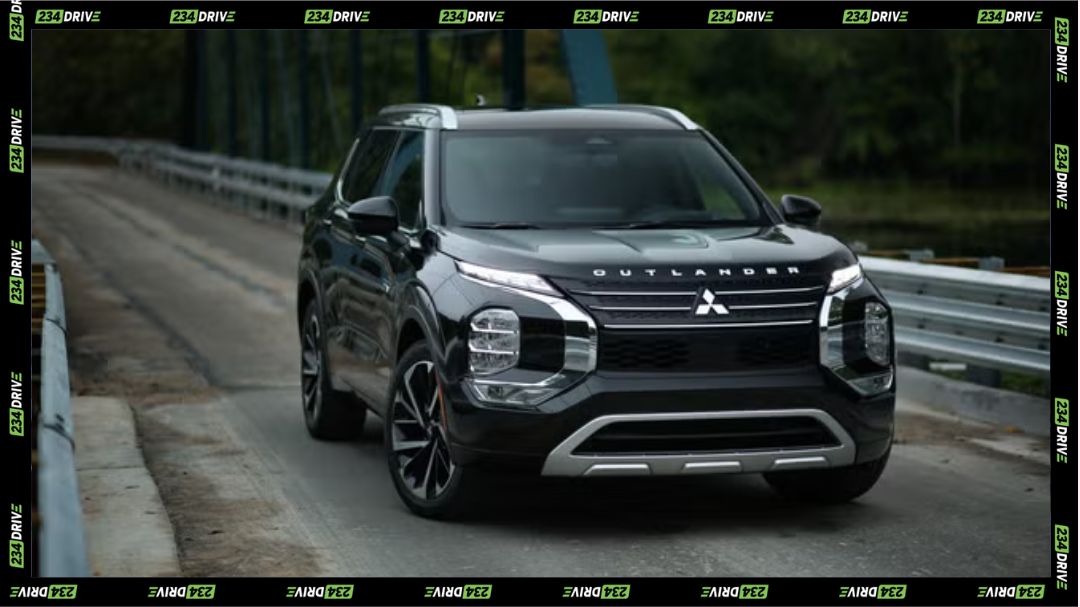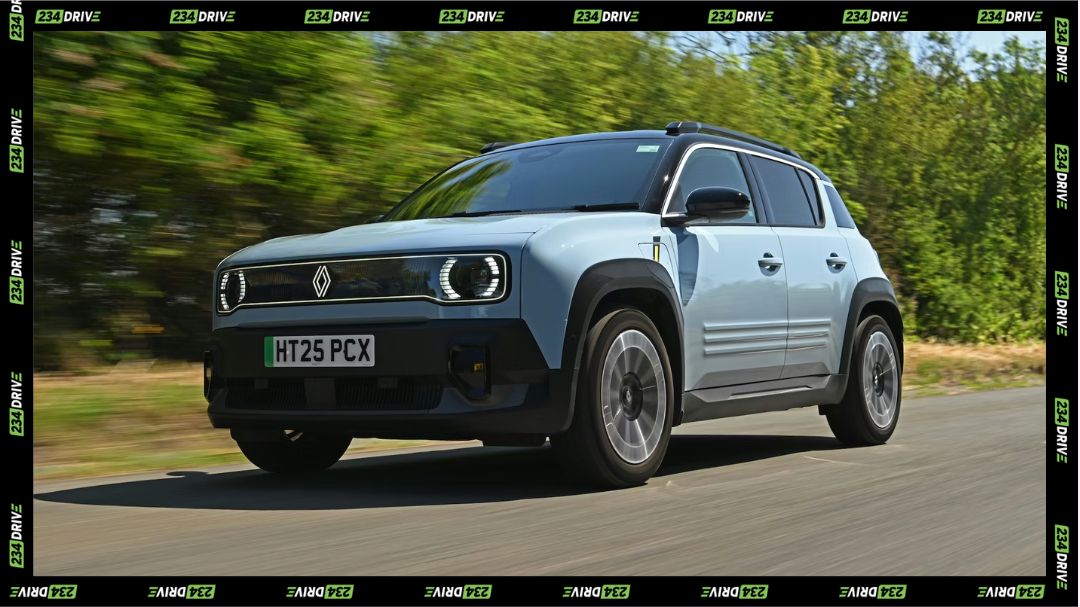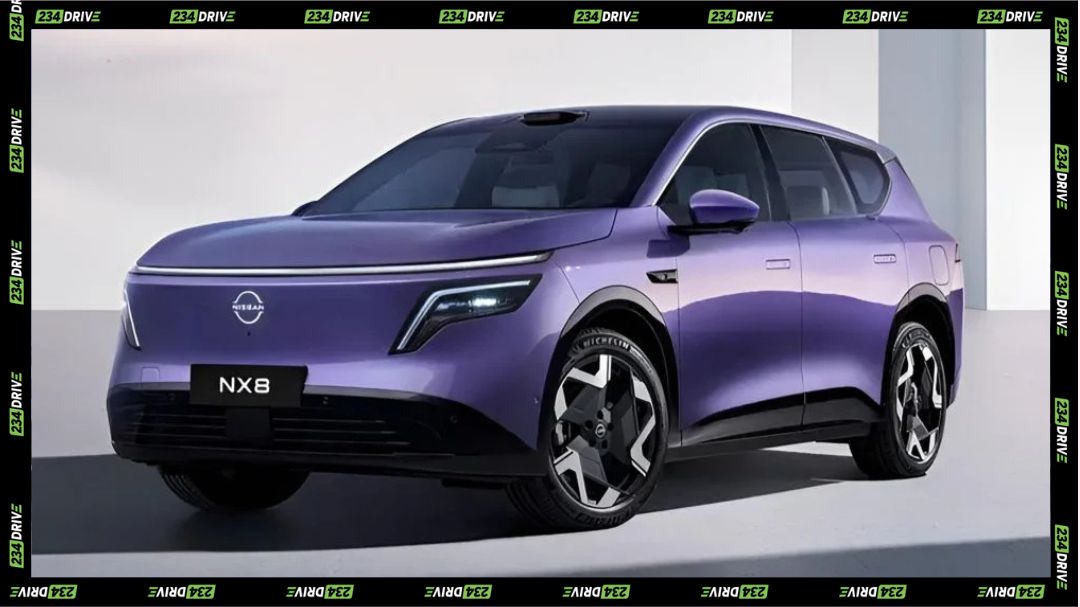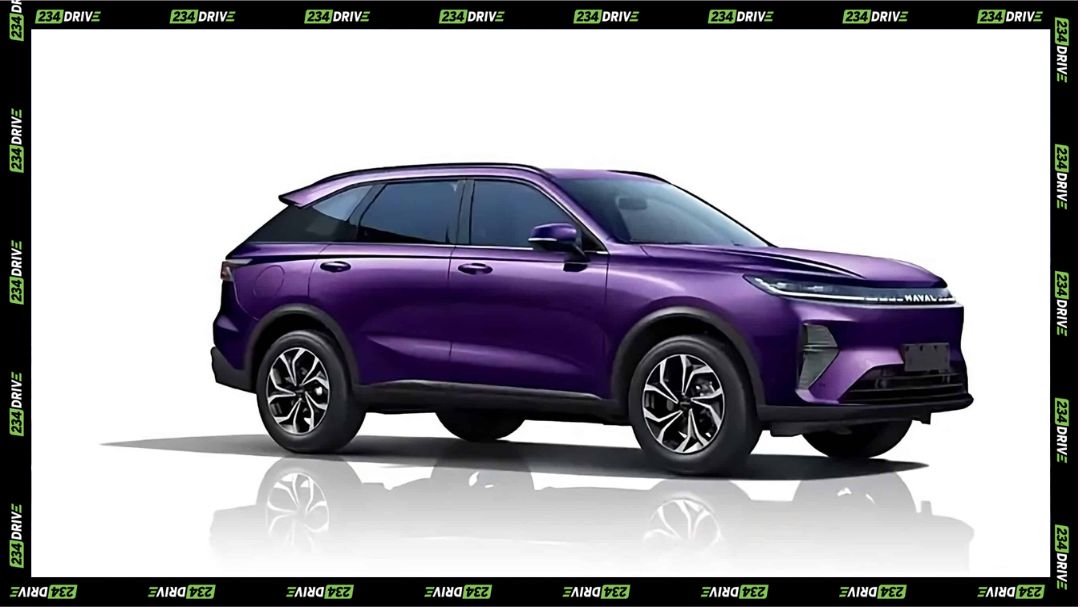When most people think of electric vehicles (EVs), Tesla or Rivian often come to mind. But rewind to the early 1900s, and you’d be surprised to learn that electric cars already held a major share of the market. In fact, by 1900, nearly 38% of all U.S. automobiles were electric.
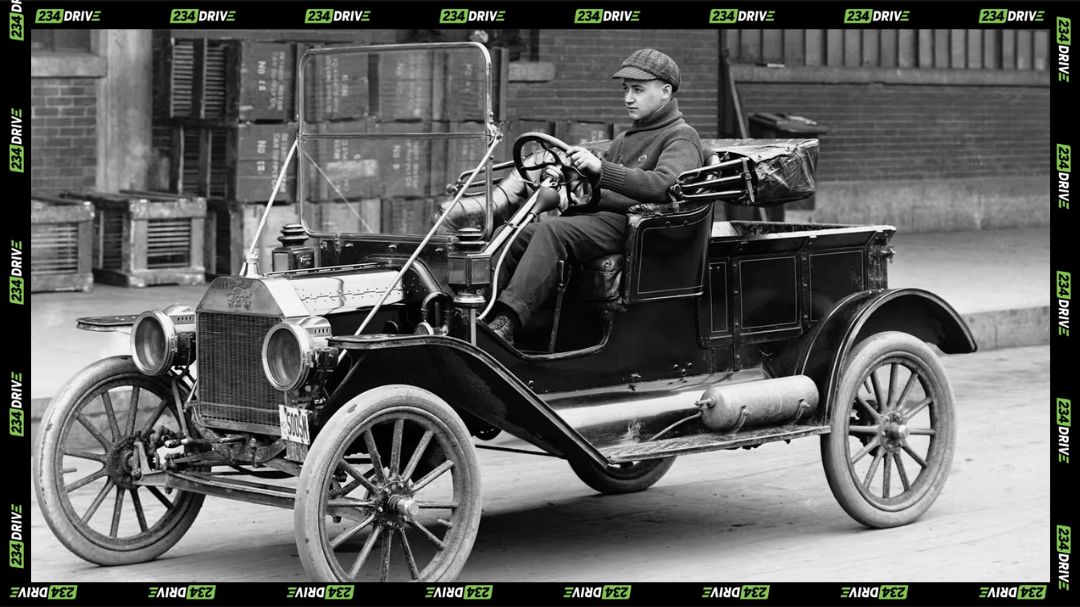
Long before gasoline engines dominated, inventors were exploring electric mobility. Robert Anderson built an early electric carriage in the 1830s, and by the late 1800s, rechargeable models powered by lead-acid batteries hit the streets. Brands like Baker Electric and Detroit Electric gained popularity for their quiet, easy-to-drive cars. In cities like New York and London, electric taxis ferried passengers, and even police departments adopted them. The future looked clean and quiet.
Gasoline Takes Over
Despite early success, electric cars struggled with range and cost. Meanwhile, the internal combustion engine improved rapidly. The game-changer came in 1912 with the electric starter and Henry Ford’s affordable Model T, priced at just $650 compared to much pricier electric cars. With cheap oil and expanding fuel stations, gasoline cars became the mainstream choice.

The Modern Comeback
Fast forward to today, and electrics are back in full force. But what’s fascinating is the rise of vintage EV conversions. Companies like Electric Classic Cars, Everrati, and Zelectric Motors are breathing new life into classics like the Porsche 911, VW Beetle, and even the 1967 Ford Mustang. These conversions deliver modern performance—fast acceleration, reliable batteries, and zero emissions—while keeping the vintage charm.
Under the Hood of a Conversion
Modern conversions replace petrol engines with electric motors and battery packs. Done professionally, they balance power and aesthetics. For example, Everrati’s Aston Martin DB6 conversion offers 200 miles of range and 324 bhp without compromising design. These vehicles require less maintenance, but the price is steep: high-end conversions often cost over £140,000, while DIY builds can be done for around $60,000.

How These Cars Stack Up
When looking at vintage EV conversions, the question of cost and value becomes unavoidable. A high-end conversion, like Everrati’s Aston Martin DB6 priced at over $180,000 (₦270 million), sits in the same range as buying a brand-new luxury EV from Porsche or Tesla.
DIY conversions can drop the cost to around $60,000 (₦90 million), but even that makes them more expensive than mass-market EVs like the Hyundai Ioniq 5 or Kia EV6. What they offer in return is exclusivity, heritage, and a blend of classic style with modern performance—something competitors in the same price bracket rarely deliver. For buyers, the real value isn’t measured in efficiency per mile but in owning a one-of-a-kind machine that balances nostalgia with cutting-edge technology.
What It Means Globally
These cars speak to more than just wealthy collectors. They highlight a broader movement in how the world views sustainability and heritage. Countries tightening emissions laws, especially across Europe, are seeing vintage EV conversions as a way to keep classic cars on the road without breaking environmental rules.
For African markets, the implications could be even more striking. Nigeria and South Africa, for instance, are experiencing growing interest in EVs, but adoption is still slow. Conversions could provide a middle ground—preserving cultural attachment to beloved vehicles while introducing cleaner technology. On a global scale, these projects send a message: the past can be re-engineered to meet the demands of the future.
Closing Thoughts
Vintage electric cars bridge the gap between eras, carrying the strengths and limits of both. On one hand, they offer the timeless character of classic motoring; on the other, they integrate the cleaner, more efficient innovations of today’s energy solutions. From the Baker Electrics of the early 1900s to Tesla-powered classics in 2025, the story of EVs has come full circle.
The takeaway is clear: vintage EVs shine in heritage and sustainability, but they often come at high costs and with accessibility challenges. How do you see these cars—luxury collectibles, sustainable icons, or the bridge to something greater?


